Everything You Need to Know to Get Started Raising Quail
Today I wanted to tell you about Quail and why you NEED to have some on your farm/homestead/urban homestead/backyard/spare bedroom. OK I may be stretching it with the spare bedroom thing, but no, really, you need some!
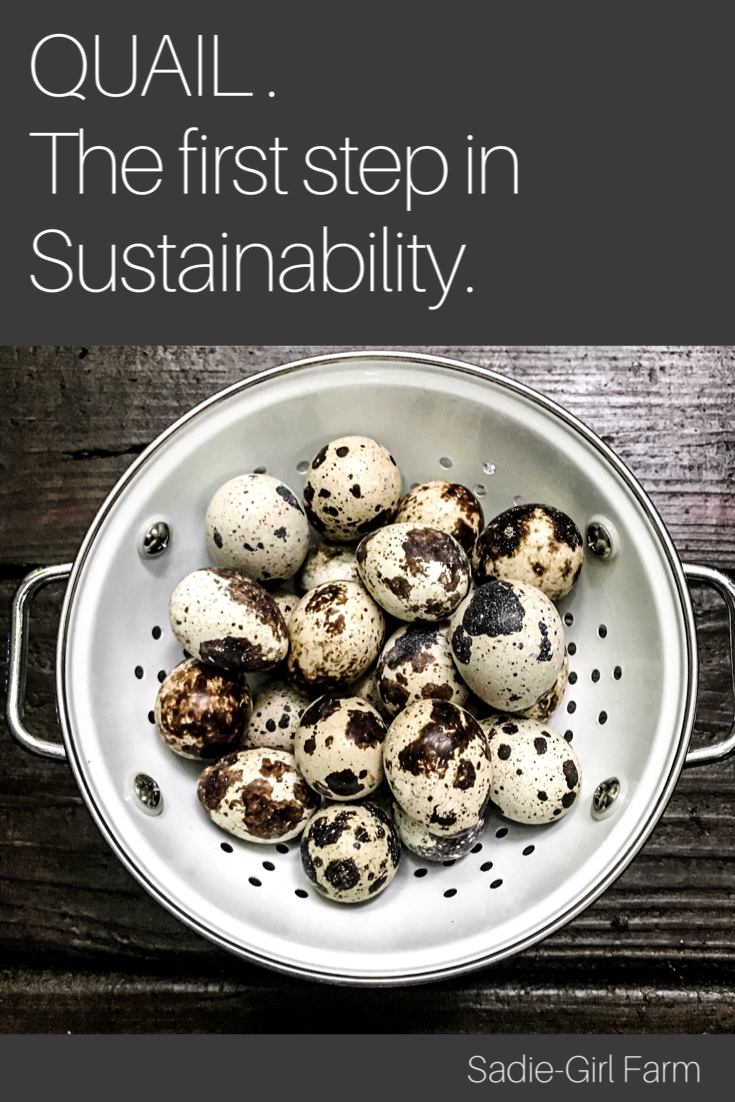
Quail are such a fabulous addition to any homestead, urban or rural, that I cannot understand why they are not more popular. I think this is slowly changing, as people discover all the goodness packed into these little birds. But there is still relatively little information out there, compared to standard chicken-keeping. I am going to walk you through what you need to get started with these guys… they really are super straight forward and easy to care for!
First you need to know that there are several different breeds of quail, some fancier than others. (google quail breeds and you will see some crazy cool looking ones!) But today we are going to discuss a breed that is great for beginners as well as for the homestead… The Coturnix Quail. These are also known as Japanese Quail, Pharaoh Quail, Texas A&M, Jumbo Quail, and our special variety here on the farm- Celadon Quail. Confused yet? All are the same breed, but there are a lot of variations within the Coturnix breed. They come in many many colors, which is so fun! They also come in a few different sizes… the Texas A&M and the Jumbo being the largest of course (by a few ounces). And (my favorite) they lay different egg colors depending on the variety you have. I have a thing for a colorful egg layer, so we decided to breed what we call Celadon Quail. This is simply a Coturnix Quail who carries the very rare, recessive gene called the celadon gene. If a female quail carries two copies of the gene, she will lay blue eggs (often with speckles!). If a male carries two copies, his daughters will also lay blue eggs if they had a mom who had 2 copies as well. A quail who has only 1 copy of the gene, will be a carrier of the gene, but may not lay blue eggs or pass it onto their offspring. A little complicated, I know! You do not have to worry about the genetics though, unless you want to become a serious breeder. But just for y’all starting out, know that Celadon= blue eggs! So cool!
Here at our farm, we are carefully selecting for quail who carry 2 celadon genes, so that we can ensure that ALL our chicks will be blue egg layers. There is some beautiful variety to the blues as well; from a deeper ocean-y blue, to a very light sky blue. Some are heavily speckled and others, not at all! So fun!!
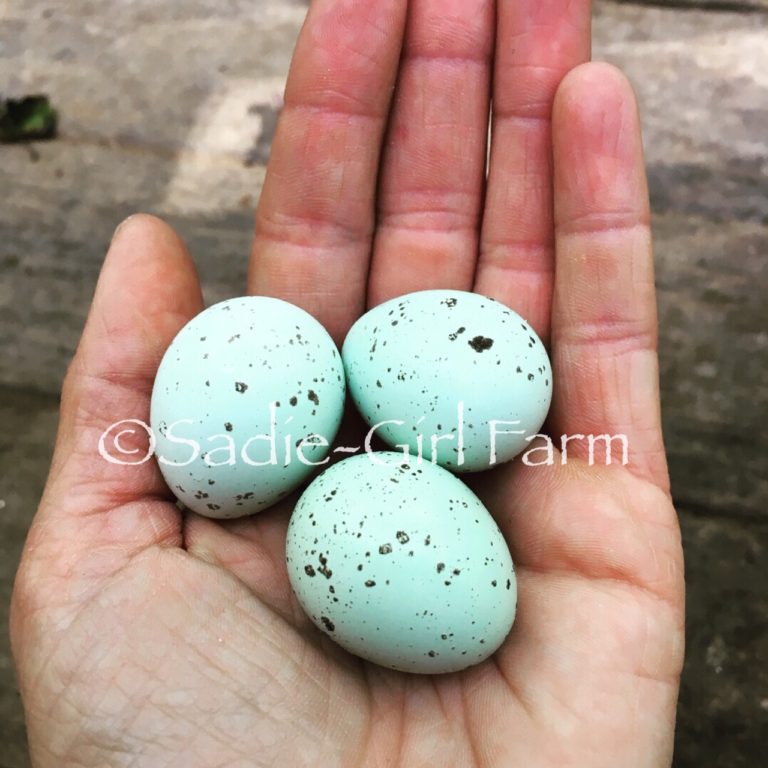
Anyway! (Tangent!) I wanted to tell you about how simple it is to keep these guys healthy and happy and what a blessing they are to a farm or homestead. I really really love the Coturnix Quail breed because a.) they are super hardy and easy to care for. b.) they come in TONS of cool colors. c.) they are a dual purpose breed… aka: good for meat AND eggs.
Here are a few MORE reasons we LOVE our quail…
- They take up less space than chickens! In fact, quail like to be “cozy” and brush up against each other. The rule of thumb is to have about 1 square foot of space per bird. This is how they are happiest. In fact, many urban areas that do not allow chickens, will allow you to keep quail! Awesome. Many urban homesteaders keep them in rabbit-hutch style houses or mini “quail tractors” (more on that later).
- They eat less than chickens. I mean, c’mon, they are TEENY!
- The roosters do not crow like chickens crow… they DO make a sound, but it is much more song-bird-like, than a rooster crow. It is lovely! And the neighbors all think it is some nice-sounding wild bird and I will let them go on thinking that.
- They lay one egg EVERY. SINGLE. DAY. Ok maybe not every day, but you are looking at about 300 eggs per year per hen. That is seriously more than my sometimes-slacker chickens! Amazing!
- Folks who have a sensitivity to chicken eggs, can usually eat quail eggs. Neat!
- Quail eggs do not carry salmonella, so are totally safe to eat and handle raw! Plus they pack more protein per ounce than a chicken egg, and offer some AMAZING health benefits…. everything from helping high blood pressure, to boosting your immune system, and even helping with Kidney stones and allergies. (among many, many others)
- My favorite part…. they hatch in only 17 days and start laying at 6-8 weeks old! This is in comparison to chickens, who begin laying at 6 MONTHS old! That is a quick turn around!
After getting hooked on these little birds, (seriously, I. LOVE. THEM.) I cannot believe we didn’t add them to our farm sooner. We really love their unique personalities and how much they contribute to our homesteading lifestyle. And they are so cuuute! Even their eggs are cuuute! And I make all my friends jealous when they visit my house and see my little Martha-Stewart-esque bowl of gorgeous, mini, blue, speckled eggs on the counter. Everyone wants some. No, seriously.
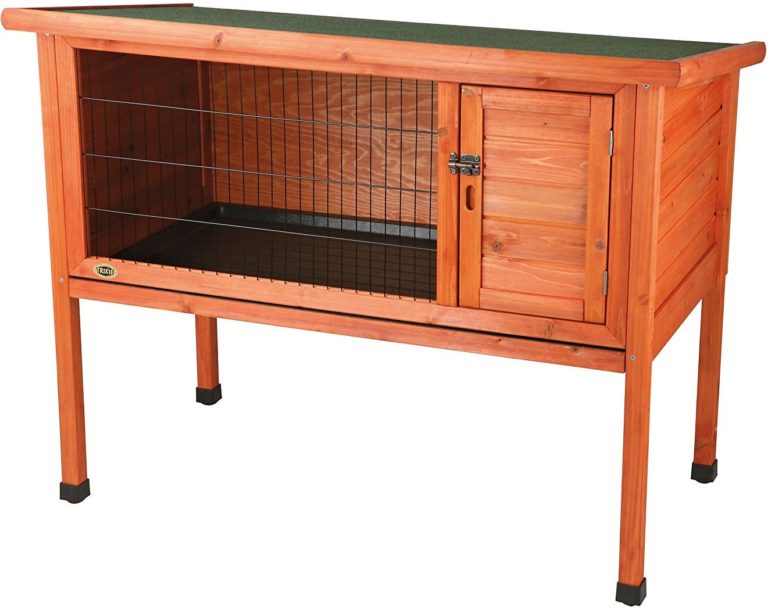
To Get Started... They need a place to live.
While I do not necessarily recommend actually keeping them in a spare bedroom, you do need to get your housing in place before you bring your quail home. Even if you are getting baby chicks, and they won’t be in their coop until 4 weeks old (more on that later)… if you are anything like me, you WILL procrastinate and those 4 weeks will fly by. But this is easy to do, because quail are easy to raise! Think about how many quail you will be starting with and multiply that by one! We like easy math around here! Each quail needs 1 square foot of space. We started our quail in a basic rabbit hutch, which is what I recommend for all new quail owners. It is 4 feet long and about 1.5 feet deep. We kept our first 5 quail in that sucker and they did great! Super easy to clean. And super easy to interact with them, keep them safe, and collect those delicious eggs! This is also a great size if you ever plan on breeding your quail, because you should have about 4 females per male to ensure you are getting great fertility. 5 is a perfect number for a beginner quail-keeper to start with.
The reason I love the rabbit hutch setup, is because it is very “cozy”. This is important to quail. They are more skittish than a chicken and like to feel they are protected and “hidden”. The hutch is enclosed on 3 sides, with a solid roof and floor, and has a wire front with 2 doors that open. As most rabbit hutches have, it has an enclosed area as well, the nesting area, which the quail love to use as a nest box and sleeping quarters. (seriously you can get these rabbit hutches anywhere. And they even have double-decker ones!) Coturnix quail do not roost, they prefer to stay on the ground. So no roosting bars needed! I also love the hutches, because they are only about a foot and a half tall. This is also critical for quail, as when they get startled by something, they will “flush” or fly up. If the roof is too high, they will get up enough momentum to knock their heads on the roof and can injure their necks or even knock themselves out. That’s why it is important to keep a lower roof… they cannot get up enough momentum before they bump the roof, so they will not injure themselves.
Just like any animal, the more you interact with them, the tamer they will become. My quail now do not flush when I open their pen and will even come over to see if I brought any treats. The hens are almost silent, but they will make this gentle little purring or cooing sound when I come to feed them. It is the sweetest thing!
PREDATORS…
The biggest issue with quail housing is making sure they are predator proof. Quail are so tiny that it seems everything wants to eat them! Each area has different predators, but just be aware that they are VERY vulnerable… even in an urban backyard. Quail seem to know this, and that’s why they like to stay close together, in a cozy, protected enclosure. Unlike chickens, quail do not like to free-range. They would just find the nearest bush to huddle under! They are smart little buggers! Stay safe little guys!
I forgot to mention, we like to use pine shavings on the floor of the hutch for bedding and make sure to clean that out about once or twice a week. I like to use an old dust pan and just scoop it right out (I leave the quail in there when I do this, I work slowly around them, and they are used to it now) and then you can add fresh bedding easily. Chick food and water containers work great for quail, though I have seen some really creative feeders and water set-ups on Pinterest!
A QUAIL “TRACTOR”!?
We still use our rabbit hutch quail coops for our little grow-outs who are old enough to move outside, but too young still to join the adults. However, now that we have MANY more quail and a much bigger breeding operation, we now use “quail tractors”. We call it a “quail tractor” after the infamous chicken tractors that Joel Salatin uses on his Super eco-friendly, organic, back-to-nature farm! (If you do not already know of Joel Salatin, and have any interest in sustainable animal husbandry, LOOK HIM UP!) We are committed to raising our chickens and quail as naturally as possible, so I was always trying to come up with a SAFE way to raise they quail on the ground so they can peck at the grass and bugs and dust bathe in the dirt (one of their favorite pastimes!). After partnering up with a building-friend of mine, we have been designing the perfect quail-friendly habitat that is movable and allows them to live on the ground. Much more natural, though it comes with its own host of drawbacks. That’s ok though! So now our quail are in little “tractors” on the ground, which we move twice a week, instead of cleaning them out. And they are about the same dimensions as the rabbit hutch; one tractor per covey (group of quail). Keep an eye out in the near future for an upcoming blog post (video??) solely focused on the Quail Tractors!
COLD WEATHER…
Did I mention Coturnix Quail are very cold hardy? So as long as you have 3 sides protected from the wind and a little cozy nest area to duck into, they are very much fine all winter long without any supplemental heating. You can get as creative as you want with their housing, keeping the above principles in mind. If you live in an area with harsher winters, you just have to make sure they have unfrozen water of course. You can use a little heated water container, or simply dump out the ice and give fresh water twice daily. That’s it!
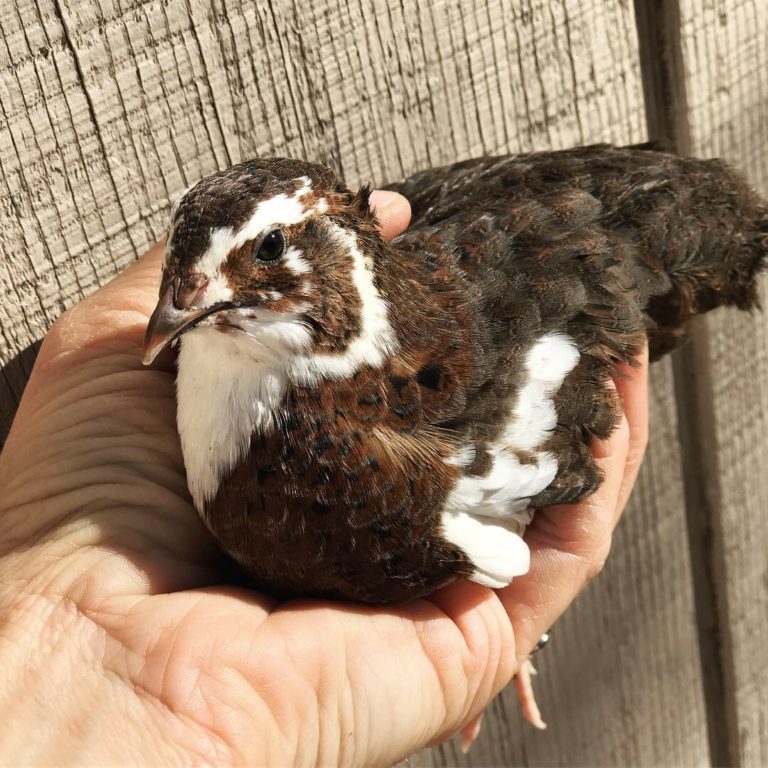
Quail Nutrition... what do I feed them!?
Ok now that they are cozy, and safe, let’s talk about what to feed those little buggers!
For feed, the best option is to feed them a Game Bird Feed (Game Bird ‘Starter’ for chicks, and Game Bird ‘Breeder’ for birds over 10 weeks old). If you cannot source a Game Bird feed close to you, Turkey starter or Chick Starter work great up until 10 weeks old. After that, a regular old Chicken Layer Crumble feed works just fine. A common misconception is that quail need a very high protein their entire lives. But in reality, that is only necessary for growing young quail. Once they have reached their full size, the protein is not as important… what I am mostly looking at for mature quail is the Calcium and Fiber content… this is especially important for laying females.
We keep their feeders filled, and let them eat as much as they need throughout the day.
If you are starting with chicks, check out my post for how to care for quail chicks. They have slightly different needs than mature quail, for the first couple weeks, but it is super simple!
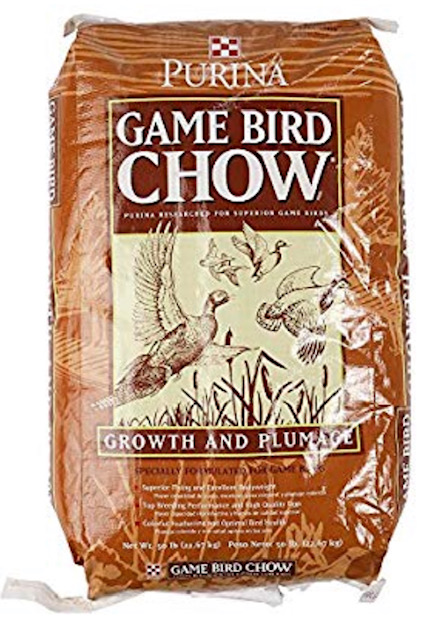
Enjoying your Quail!
So really that is the basics. Make sure they have food and fresh water daily. Clean their little cages once or twice a week. Collect delicious, adorable, gorgeous eggs every day. If you want them to lay all winter long you will need to supplement their light a bit in the evenings (day light hours trigger laying). We don’t however… we like to let them take a seasonal rest in the winter. They will still lay, just not as much.
Make sure you do not have more than 1 male per cage because they will fight and quail can be MEAN when they peck at each other. So keep your ratio’s correct. Every now and then you will get a mean one. It is almost always a male. Get him out of there and go find you a nice, kind, friendly guy. Nobody has time for a meany!
Mostly, enjoy those little buggers! You can grow treats for them in your garden and make them a little dust bath, which is just hilarious to watch! You can feed them freeze-dried meal worms as a special treat (it isn’t as gross as it sounds and they will LOVE you for it!) Name them funny, cool, sweet names and get to know their different personalities.
Now go get you some!
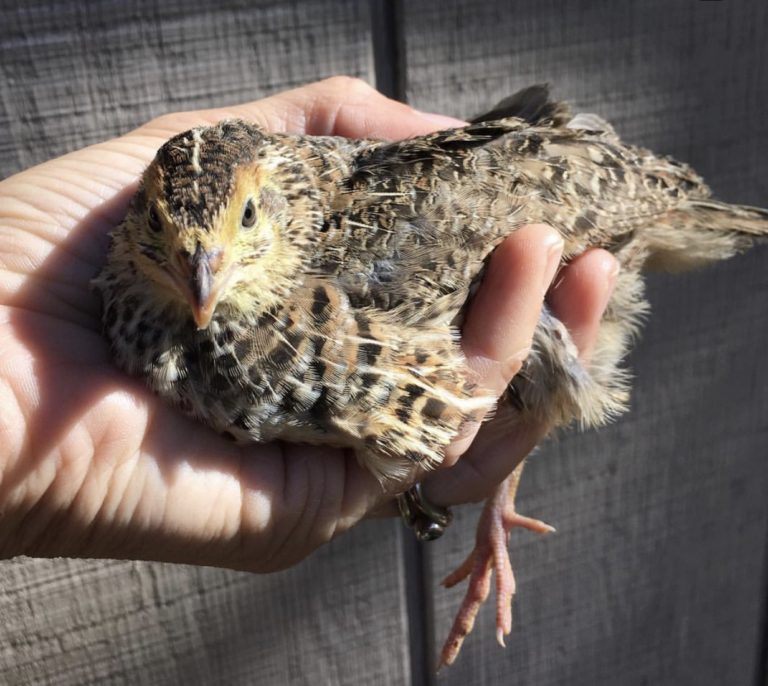

1 thought on “Everything You Need to Know to Get Started Raising Quail”
You must be logged in to post a comment.